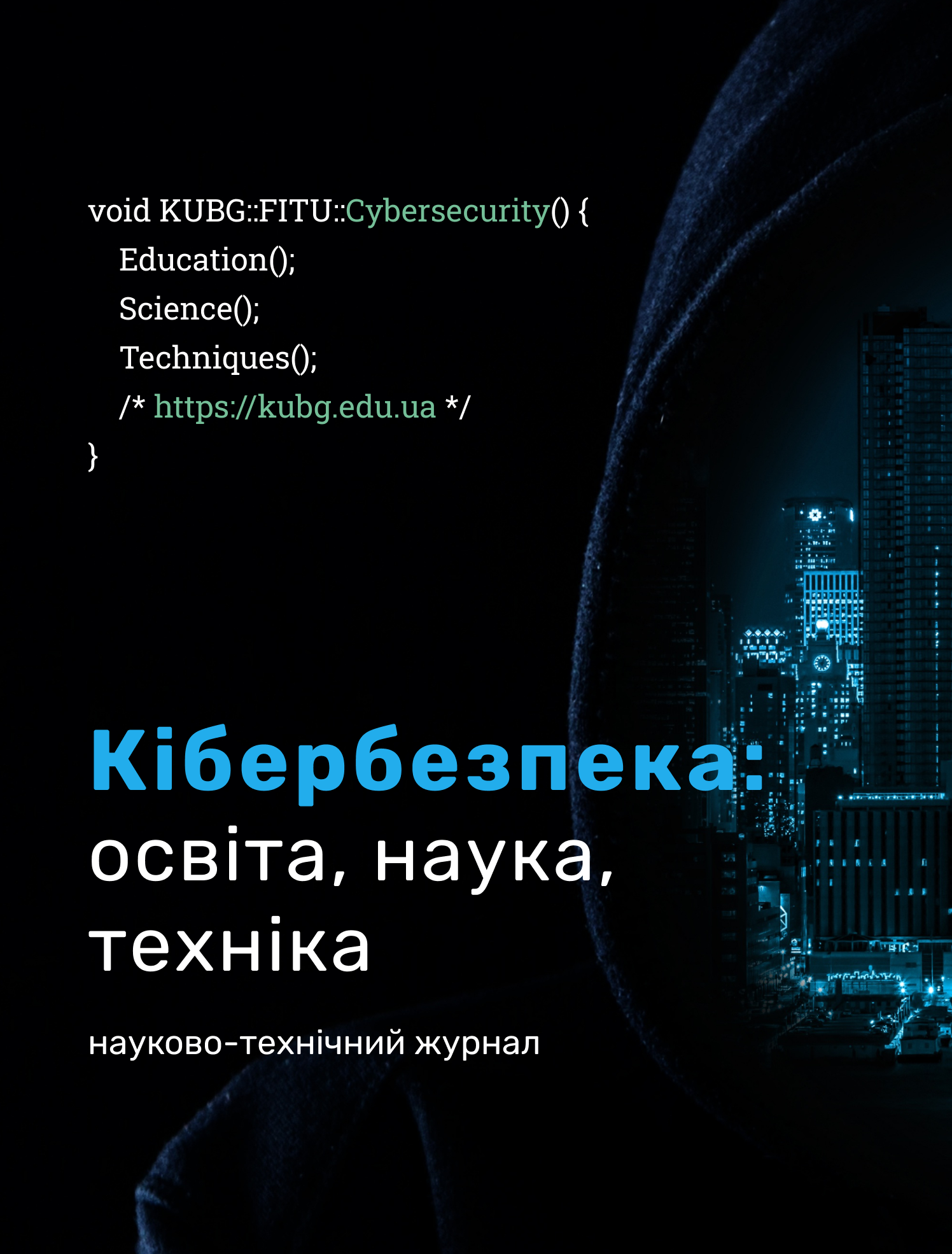SOFTWARE AND HARDWARE IMPLEMENTATION OF THE ALGORITHM FOR QUICK ASSESSMENT OF WI-FI SIGNAL POWER AT POINTS OF THE URBANIZED SPACE
DOI:
https://doi.org/10.28925/2663-4023.2024.24.241256Keywords:
wireless technologies; assessment of Wi-Fi signal strength; robotic platform; urbanized premises; set of points in space; algorithm; program code.Abstract
In connection with the widespread use of Wireless Fidelity wireless technologies; there is an urgent problem of ensuring the proper level of Wi-Fi signal in the space of urbanized premises. The presence of walls, partitions, furniture, radio-electronic equipment and other objects inside the building complicates the conditions for the propagation of radio waves. The main effects observed during the propagation of radio waves indoors are multipath due to multiple reflections of radio waves from walls and other objects, diffraction at numerous sharp edges of objects, and attenuation of radio waves during propagation and when passing through obstacles. For the effective use of wireless networks in the specified conditions, it is necessary to be able to quickly assess the Wi-Fi signal level in the space of the room. The purpose of the publication is the software-hardware implementation of the algorithm for quick assessment of the Wi-Fi signal strength in multiple points of the space of an urbanized space. A version of a robotic platform with the necessary electronics and software is presented, capable of automatically performing a quick assessment of the Wi-Fi signal strength at a given set of points in an urbanized space; block diagram of the generalized algorithm of the robot; software codes for implementations of robot functions and the Wi-Fi signal strength estimation algorithm. The proposed technique for quick assessment of the Wi-Fi signal strength at points in space separated by obstacles with different attenuation coefficients is characterized by low computational costs, which can be successfully used to optimize the location of access points within a room with a given geometry and ensure stable coverage of the space of the room Wi- Fi signal. Further technical progress in the creation of more advanced electronics will make it possible to modify the robot to increase the accuracy of orientation in space and the accuracy of estimating the strength of the Wi-Fi signal, which will increase the efficiency of its use.
Downloads
References
Shokalo, V. M., Usin, V. A., Gretskikh, D. V., Khoroshko, V. O., & Kryuchkova, L. P. (2012). Fields and waves in systems of technical protection of information: a textbook for students of higher educational institutions, Ch. 1. Collegium.
Jivthesh, M. R, Gaushik, M. R, Heshan Niranga, G. D., & Punathil, A. (2022). A Comprehensive survey of WiFi Analyzer Tools. IEEE 3rd Global Conference for Advancement in Technology (GCAT). https://doi.org/10.1109/GCAT55367.2022.9972040
Fredriksson, S. (2021). Design, Development and Control of a Quadruped Robot.
Spot | Boston Dynamics. (n.d.). Boston Dynamics. https://bostondynamics.com/products/spot/
MaxBotix. (n.d.). How Ultrasonic Sensors Work. https://maxbotix.com/blogs/blog/how-ultrasonic-sensors-work#:~:text=What%20is%20an%20Ultrasonic%20Sensor,information%20about%20an%20object’s%20proximity
Arduino - Home. (n.d.). Arduino Mega ADK Rev3 - Arduino Reference. https://docs.arduino.cc/retired/ boards/arduino-mega-adk-rev3/?queryID=undefined
Arduino - Home. (n.d.). HC_SR04 - Arduino Reference. https://www.arduino.cc/reference/en/libraries/ hc_sr04/
Arduino - Home. (n.d.). LCD_I2C - Arduino Reference. https://www.arduino.cc/reference/en/libraries/ lcd_i2c/
Arduino - Home. (n.d.). MultitapKeypad - Arduino Reference. https://www.arduino.cc/reference/en/ libraries/multitapkeypad/
Wireless communication for Arduino at 433MHz (FS1000A and MX-RM-5V). (2018). RadioLis - an online magazine. https://radiolis.pp.ua/arduino/49-besprovodnaya-svyaz-arduino-fs1000a-mx-rm-5v
Published
How to Cite
Issue
Section
License
Copyright (c) 2024 Лариса Крючкова, Нікіта Леонтюк

This work is licensed under a Creative Commons Attribution-NonCommercial-ShareAlike 4.0 International License.




